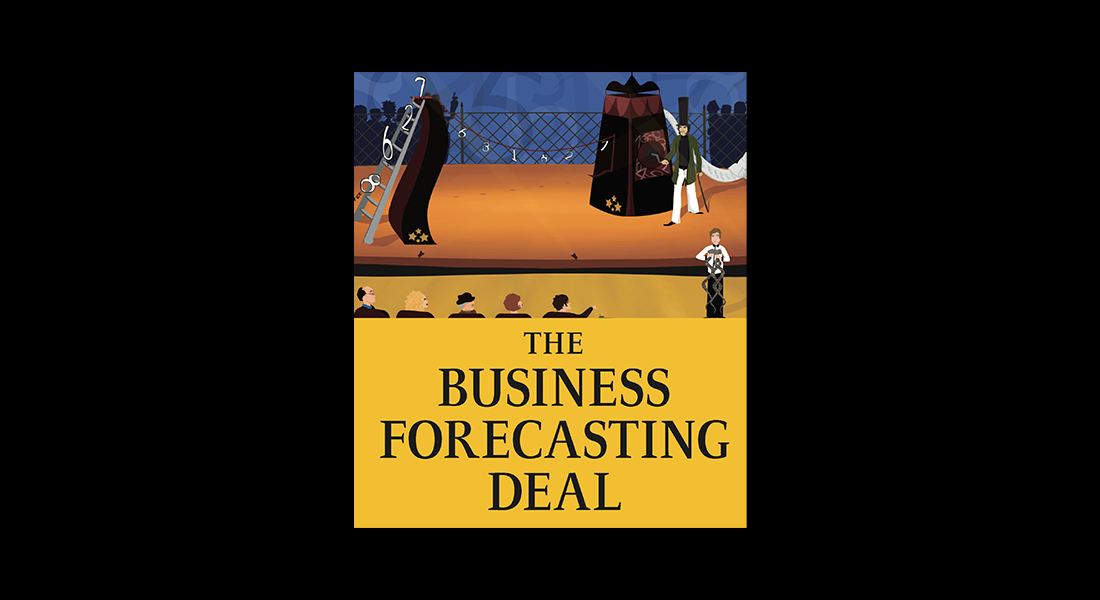
Forecast Value Added (FVA) is a metric for comparing the performance of your organization’s forecasting process to “doing nothing” and using a naïve model to generate your forecasts. The idea is, if all the resources and effort we put into forecasting are not providing forecasts that are better than using
